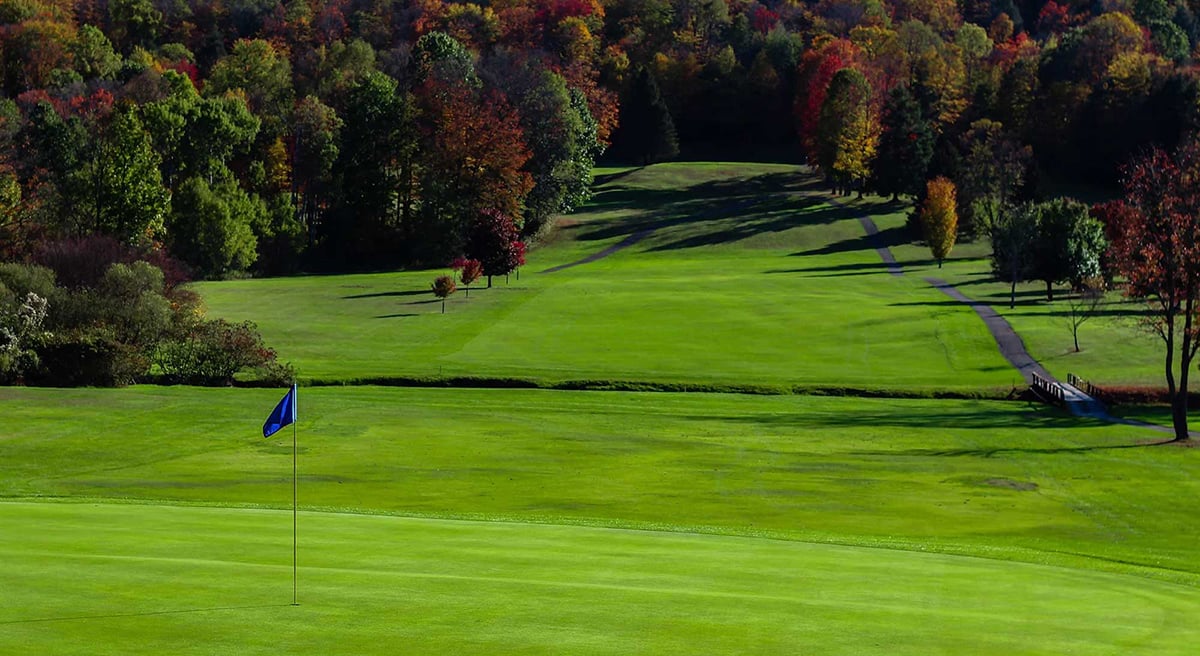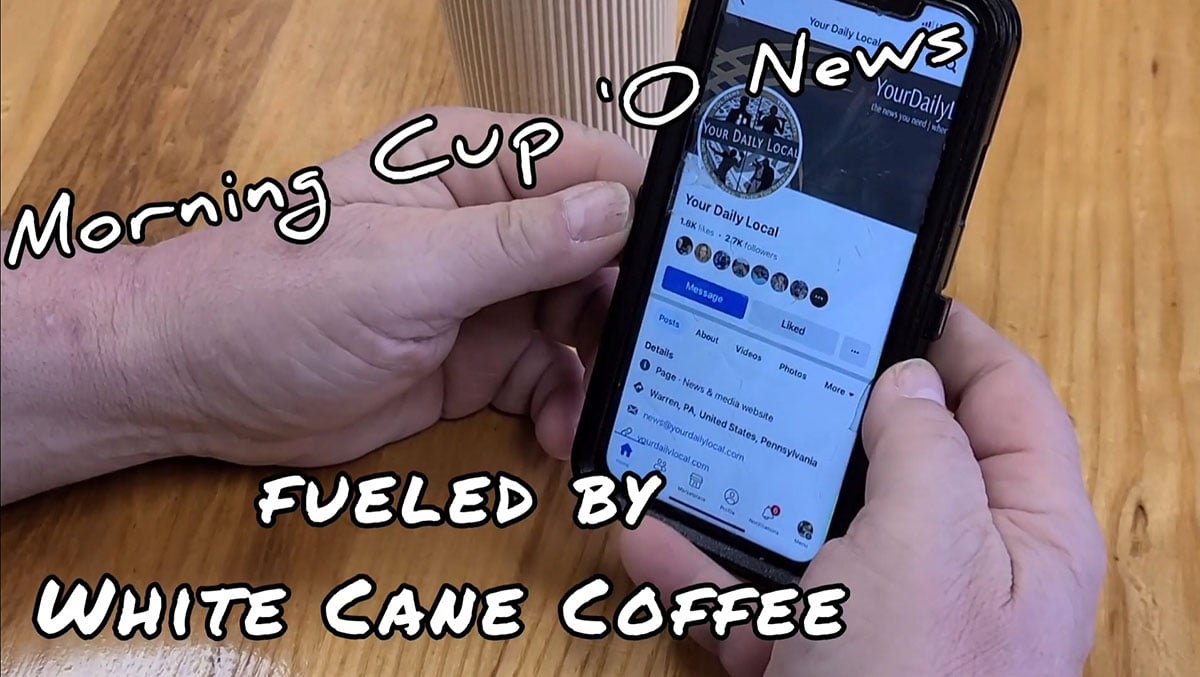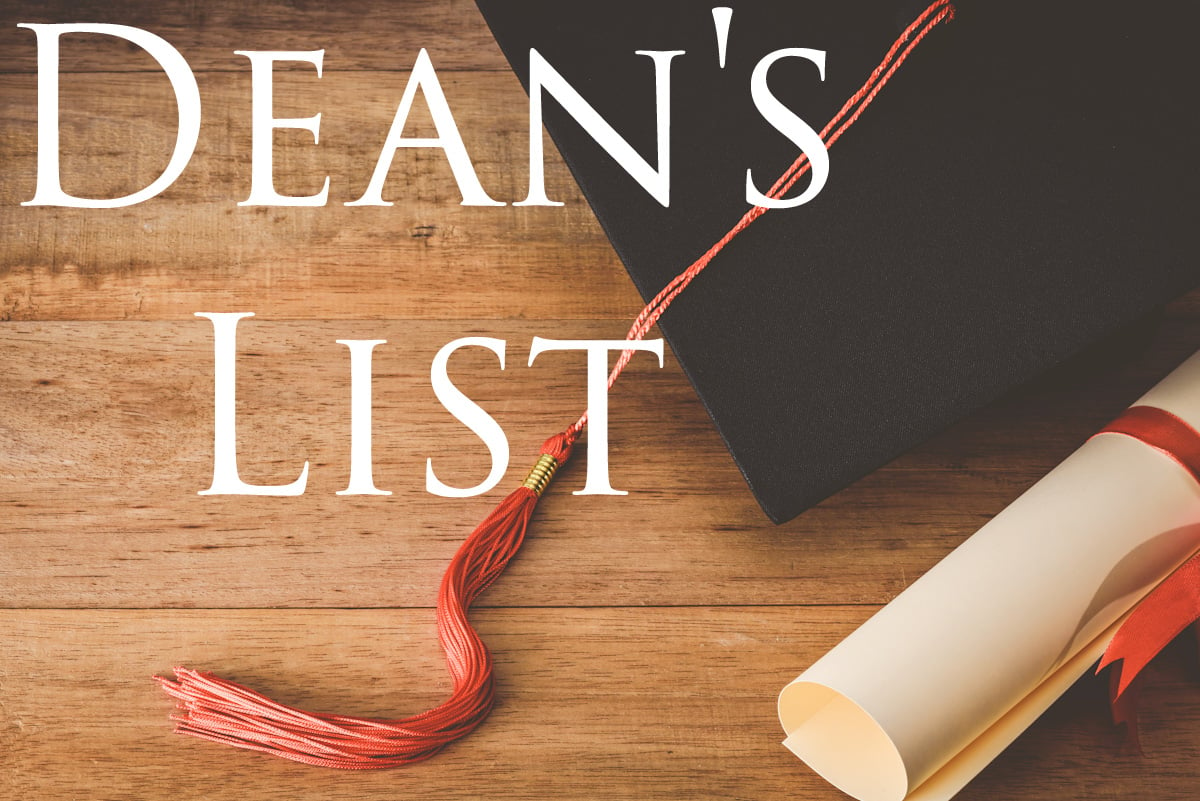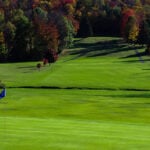Climate problems may seem overwhelming, but people all around this great nation are taking action. This week’s column looks at: COLORADO and the question is: How is Colorado protecting its rivers as prolonged drought diminishes water supplies?
What comes to mind when you think of Colorado? If you travel to Colorado, you find residents passionate about outdoor recreation. Maybe you think of the mountains with snow-capped craggy peaks, and vast tracts of forest – 24 million acres. Did you know that the Rocky Mountains store vast amount of water? Within Colorado’s boundaries are the headwaters of 156 named rivers, including the Colorado River, on which 7 western states depend for water. Water22, a Colorado campaign to raise the public’s water conservation awareness, captures this unique attribute with its slogan “It All Starts Here.”
Water consumption by humans is a critical issue in most Western states, but in Colorado there is also attention to environmental needs – what fish, wildlife and natural vegetation require to exist – when it comes to calculating overall water appropriation.
We all learned about the Gold Rush in school history class but, as I recall, the lessons didn’t cover the environmental damage that ensued. In the rush to extract gold and silver, Colorado towns sprang up and forest were leveled. Even some local freshwater fish stocks got depleted, leading to the extinction of native fish such as the yellowfin cutthroat trout.
Today’s column spotlights three programs about river reclamation. The first describes a restoration project in the Arkansas River basin that was ruinously damaged by mining operations. It covers mining history, and background on Superfund (seriously polluted) sites in Colorado. If you have internet access, you’ll be able to listen to this program.
Podcast: Colorado Outdoors – from Colorado Parks and Wildlife (April 11, 2022)
Season 1, Episode 27: Superfund Sites, Gold Mining to Gold Metal Water [28 mins]
If you prefer visuals – seeing the before and after of an actual restoration, check the following 15-minute video about the Swan River, decimated by dredge mining, which left massive piles of barren cobble (rock) throughout the river valley, radically altering both the river course and its floodplain.
YouTube: Swan River Restoration Project in Summit County, Colorado (Dec. 14, 2021)
And these are the easy projects Colorado is tackling! A more complex challenge in water management can be found in the Platte River, a stopover in the migratory path of the last flock on Earth of self-sustaining Whooping Cranes, which in 1981 had only 16 remaining members.
Both branches of the Platte start in Colorado. The North Platte flows north into Wyoming before descending southward, and the South Platte flows east to Nebraska, where the two branches join. Colorado focused on bird nesting sites, while Nebraska is where fish spawning areas provide critical food for the cranes.
Through decades of planning, Colorado, Wyoming and Nebraska succeeded in forging a cooperative agreement involving land, water allocations and cash payments. They had to keep in alignment with the Endangered Species Act of 1973, and the (expanded) Clean Water Act of 1972. The Platte River Cooperative Agreement, a successful partnership since 1997, has been in the news recently, as Nebraska seeks more water from portions of the Platte that flow in Colorado. The audio version of this next program is near impossible to find, except on YouTube where you listen, but see only a title page:
YouTube (audio only): Colo. Water Conservation Board (8/4/20)
Episode: 3 birds and a fish [~39 mins]
This program has something for everyone: for bird-lovers, learn how the Whooping Crane population is recovering. For fishing enthusiasts, there is info about the pallid sturgeon, also endangered, which figures into the complicated puzzle. Any folks interested in the changing role of government stewardship for the natural environment will find the information about adaptive management worth a listen. And if you want to see how groups with widely divergent interests can play in the same sandbox – well, there is hope for all.
Let me know if you have a podcast to recommend, or have a comment about my column or have trouble finding a particular podcast I’ve mentioned. Happy listening!
[email protected]
Note: This column, part of a series looking at examples of positive climate action, state-by-state, first appeared in the Forest Press 06-08-2022. If you are interested in this state’s topic, check online for updated news, as a lot may have changed in a year.






























